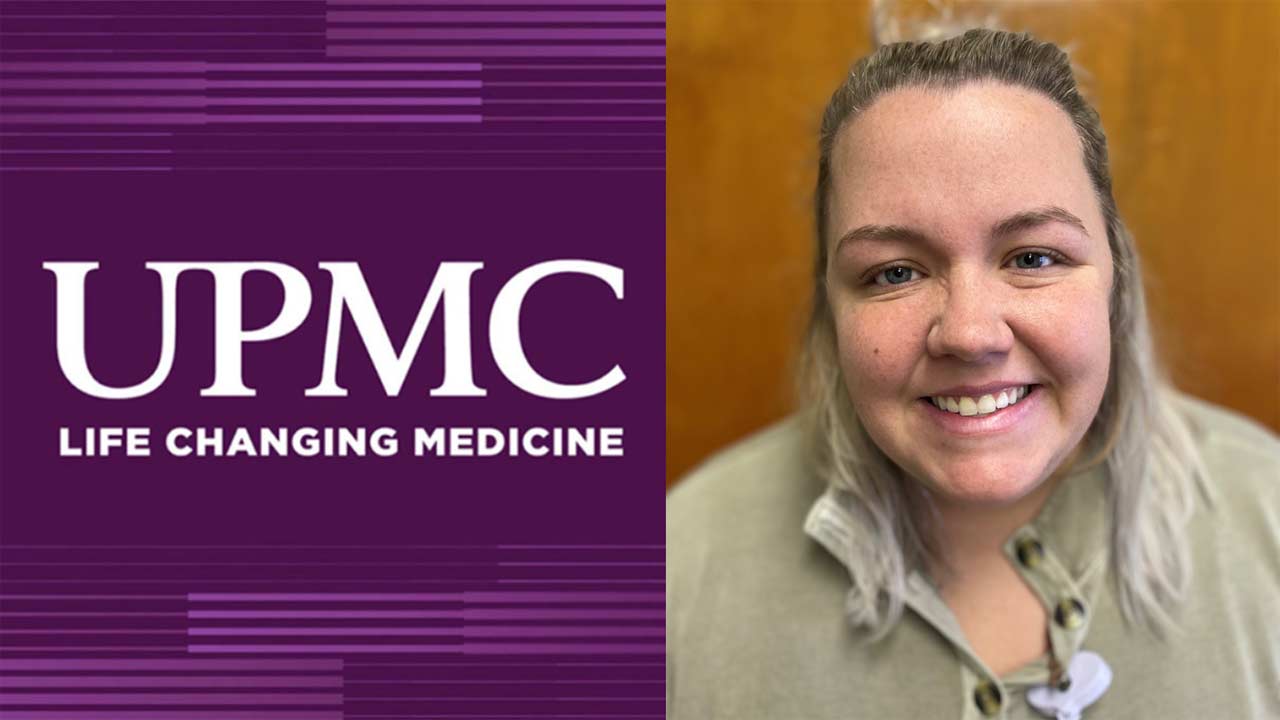Channels

Rotary

Rotary Conference

Laurel Health Centers

Penn Oak Realty

Movin Together

Bank On It

Dunhams Corner

By The Door

Questioning Life

Karschners Insurance

Ag Happenings

Back to Basics

Hornet Happenings

Live From The Hive

Momday Monday

Pennsylvania Politics

The Briefing

Weekly Highlights

Wellsboro Chamber

UPMC Therapist: Understanding and Treating Scoliosis
Your middle schooler has probably been experiencing a lot of changes with their body. If you’ve noticed that they are going through a growth spurt, now is the time to be on the lookout for scoliosis.
What Is Scoliosis?
Scoliosis is a condition where the spine curves in the shape of a “C” or an “S” more than 10 degrees during development. Symptoms may include back pain or stiffness, the appearance of one shoulder that is higher than the other, leaning to one side, rounded shoulders, or hamstring tightness. While the cause of scoliosis is ultimately unknown, it has been found to be more common in girls and those who have a family history of the condition. Minor curves can affect about 1 in 100 people, and more significant curves can affect about 1 in 1,000.
Scoliosis Screenings
Students in the state of Pennsylvania are required to have an initial scoliosis screening at school during sixth or seventh grade. During the screening, students stand up straight with their feet together and arms at their sides. According to the Pennsylvania Department of Health, the screener will consider the following questions:
- Are the shoulders level?
- Are the hips level?
- Is one shoulder blade higher, or more prominent than the other?
- Are there unequal distances between the arms and the body?
- Does the spine appear to be curved?
Students will also bend at the waist to check for a rib hump on either side of the upper back, or a lumbar rotation at the lower back. If there are any positive results, the student is referred to a school nurse or their primary care provider.
Available Treatments
A scoliosis diagnosis does not automatically mean that your child will need surgery. If minor curves are present, a brace can be worn to prevent them from getting worse.
Specific exercise routines are also used as treatment by UPMC physical therapists, which are certified in a specialty training called the Barcelona Scoliosis Physical Therapy School’s Concept by Rigo Technique. This therapy can not only improve posture and reduce back pain, but it can help stop spinal curve progression and reduce or eliminate the need for surgery.
If scoliosis affects a patient’s function to balance or there are noticeable cosmetic issues, surgery will likely be necessary. The most common surgical treatment involves spinal fusion with instrumentation, or metal implants and rods.
Jessica Zielecki, PT, DPT is a physical therapist with UPMC Pediatric Rehabilitation and sees patients at 625 W. Edwin St., Williamsport. To schedule an appointment with Jessica, call 570-326-0565. For more information, visit UPMC.com/RehabNCPA.
Credits:
Writing: Jessica Zielcki, PT, DPT / Pediatric Rehabilitation, UPMC
Produced by Vogt Media






































